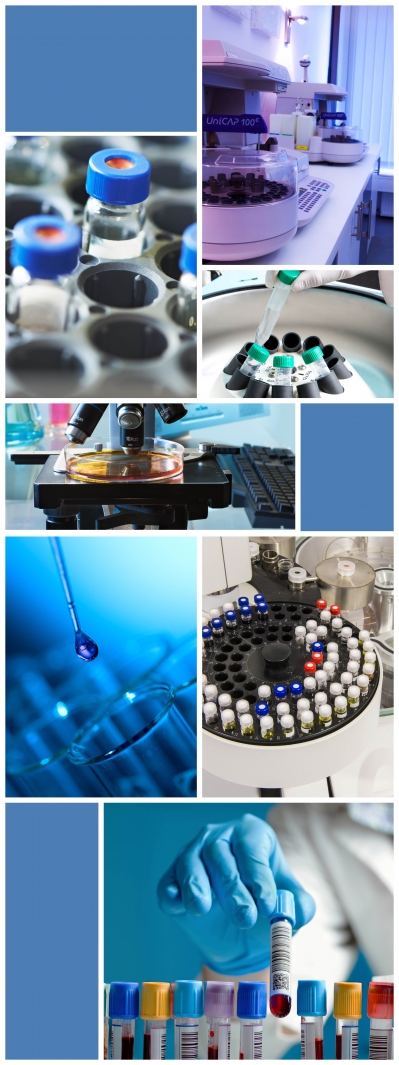Laboratory
Lab diagnostics: for a better understanding of allergies
In our office lab we use ImmunoCAP, a molecular allergy diagnostic tool. This is a diagnostic, that starts where conventional procedures encounter their limits. It does not only identify the allergen source but also the allergen component, appreciable for sensitization – single protein molecules of this source. This is why our diagnosis is based on test results that are more crucial and more complex.
Based on a perfected technology, ImmunoCAP by Phadia Thermo Scientific is recognized as
leading standard in the field of allergy diagnostics for their exact and reproducible test results. The extraordinarily high binding capacity of the ImmunoCAP guarantees the binding of all relevant antibodies. ImmunoCAP produces exact and quantitative results, depicting international standard. Combined with the high standardization of the allergen material, stable test results are guaranteed.
As a series of different diseases show similar symptoms as we know from allergies, an effective therapy is almost impossible without a correct diagnosis. Being a part of modern diagnostics, allergy blood tests have proven to be reliable in raising the amount of correct
diagnosis. This means it can be determined with higher certainty, if the symptoms can be traced back to an allergy or not.
We have the option to adapt this laboratory diagnostics individually to the demands and disease symptoms of our patients. So we are not bound to rigorous block- or standard tests which saves time and money.
Lab diagnostics: antibodies against the own body
We speak of auto-immune diseases when our immune system is forced to produce antibodies against molecular components of our own body. The results are dysfunctions of the affected tissue. These affections generally were used to be labeled as rheumatological disorder. The progressing lab diagnostics allow us a much better insight into the disease patterns. A series of autoimmune diseases that are related to the head and neck area and the respiratory tract. It is our ambition to detect and treat this disease at an early stage.


